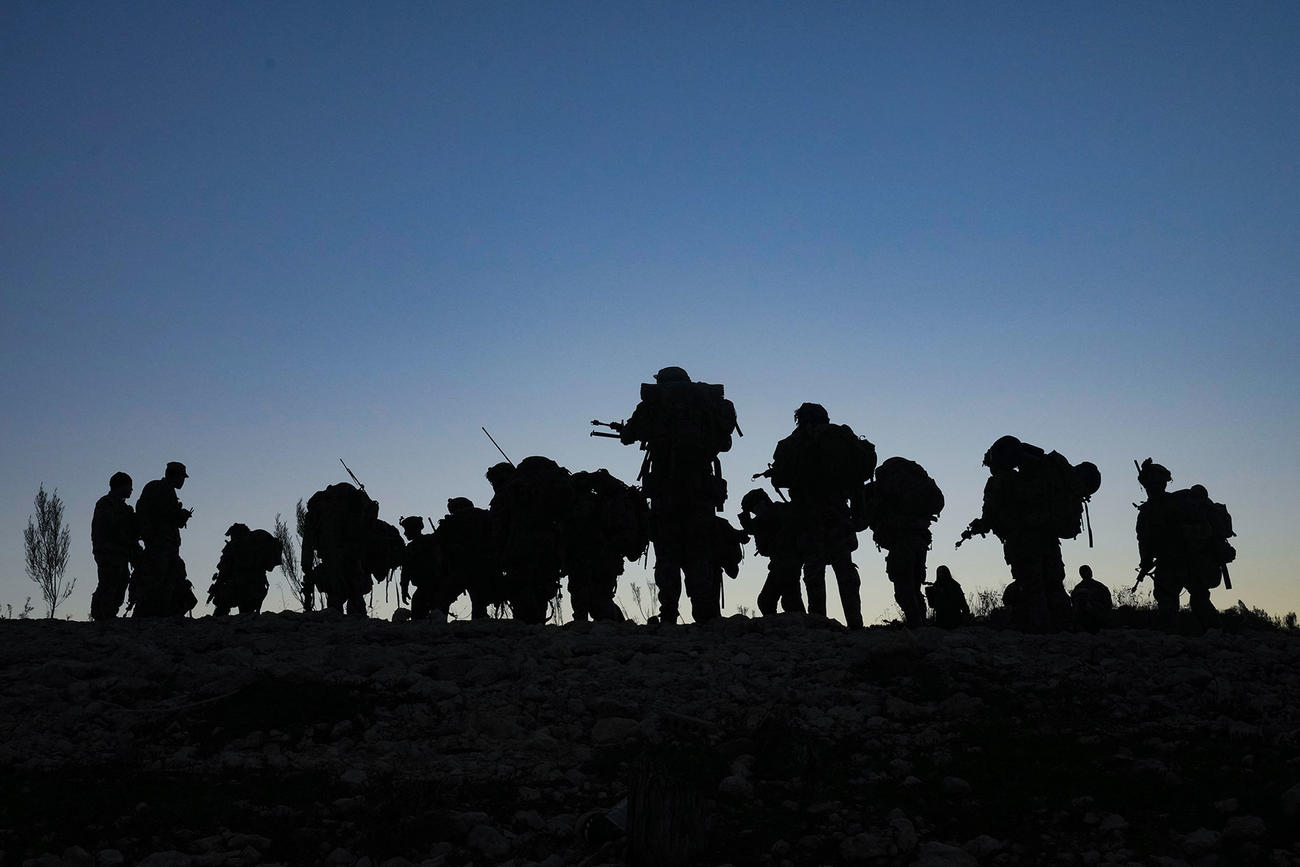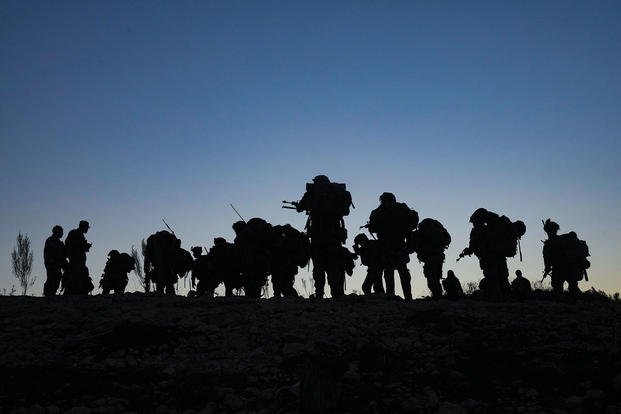

Soldiers can be more easily held accountable for liking and sharing what is considered extremist content on social media under a new policy revision unveiled by the Army on Wednesday.
The new set of rules also allows disciplinary action — including being kicked out of the service — for knowingly displaying flags and symbols or wearing clothing associated with radical causes even when off duty.
It is the Army’s most significant move yet to curb such activity in the ranks and to more clearly define what extremism is and what conduct from soldiers won’t be tolerated. The update is also the latest in a military-wide effort to combat extremist activity that began after veterans and some service members were among the throngs of protesters who stormed the U.S. Capitol in January 2021 and tried to disrupt the certification of presidential election results to keep Donald Trump in the White House.
Read Next: White House Announces Pardons for Troops Convicted of Sodomy Between 1951 and 2013
“Active participation in extremist activities can be prohibited even in some circumstances in which such activities would be constitutionally protected in a civilian setting,” according to the congressionally mandated memos to the force signed by Army Secretary Christine Wormuth.
Previously, the Army’s guidance forbade soldiers from participating in extremist activities, but never clearly defined what extremism is and what activities are prohibited — leaving interpretations up to commanders.
But the new set of rules more clearly outline that extremism is broad and includes advocating for widespread unlawful discrimination based on “race, color, national origin, religion, sex, gender identity or sexual orientation.”
It also more clearly outlines that supporting the overthrow of the government, in any way, is strictly prohibited — a rule that has not been otherwise clearly defined in current Army policy.
Soldiers can face punitive action, including being booted from the service, losing their security clearance or other adverse actions on their record.
“[This effort] contains key updates in its explanation of active participation in those activities to add clarity for soldiers and commanders, and it enhances reporting and training requirements which will be very helpful in educating the force and fostering a shared understanding on this topic,” Col. Jon Clausen, who oversaw the policy’s development, said in a statement to Military.com.
The Army’s inspector general is also expected to submit quarterly reports to the Army secretary on allegations, active investigations and other data relevant to extremism concerns in the ranks.
A Military.com investigation found numerous incidents of extremist activity among service members and veterans in recent years, and experts say the threat is only growing.
While troops and veterans are no more or less likely to be radicalized compared to their civilian counterparts, they are more likely to be targeted by extremist groups, particularly among neo-Nazi and anti-government movements. Service members and veterans, experts warn, are seen as force multipliers for those groups — both for their training background and for bringing legitimacy to those causes.
Pfc. Abram Markofski, an infantryman in the Wisconsin National Guard, pleaded guilty to charges related to his involvement in the Jan. 6 pro-Trump assault on the Capitol, but continued his service in the Guard long after he was sentenced to probation in December 2021.
Another Guardsman, Cpl. Jacob Fracker, took selfies of himself in the Capitol during the assault and admitted to his participation in social media posts. He pleaded guilty to charges related to partaking in the mob in March 2022 and was sentenced to one year of probation and a fine despite prosecutors seeking prison time.
Guard officials at the time cited unclear regulations on handling the matter, given Markofski’s and Fracker’s crimes didn’t involve violence. Gen. Jon Jensen, the top officer for the Army National Guard, told Military.com in February 2022 that extremist behavior had no place in the Guard, but stopped short of saying Guardsmen involved in Jan. 6 should be immediately kicked out of the service component.
Both Fracker and Markofski were kicked out of the Guard in April that year. But the Pentagon has been slow to adapt.
Part of the problem is extremist groups continually evolving, rebranding themselves and adopting new symbols and slogans at a pace sometimes too swift for experts to keep up with.
The Pentagon has also been hesitant to talk about the issue more bluntly even as far-right groups are seen by law enforcement as a top domestic terror threat, partly because targeting those groups has been conflated by some conservatives on Capitol Hill as targeting Republicans.
The military had a so-called extremism stand-down following the attack on the Capitol after it became clear the participants were partly made up of service members and veterans. But the Pentagon’s tepid response and its tiptoeing around conservative criticism meant defining and dealing with extremism in the ranks was largely left to commanders who received virtually no guidance.
In some cases during the stand-down, soldiers reported that briefings conflated political protests such as Black Lives Matter with anti-government movements such as the Oath Keepers, a group whose leaders were convicted of seditious conspiracy for their role in the Jan. 6 insurrection at the Capitol.
Related: What the Pentagon Has, Hasn’t and Could Do to Stop Veterans and Troops from Joining Extremist Groups
